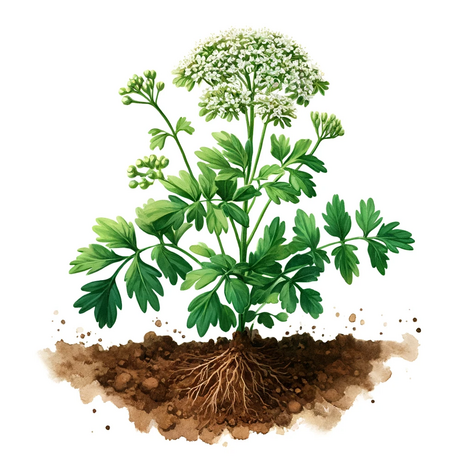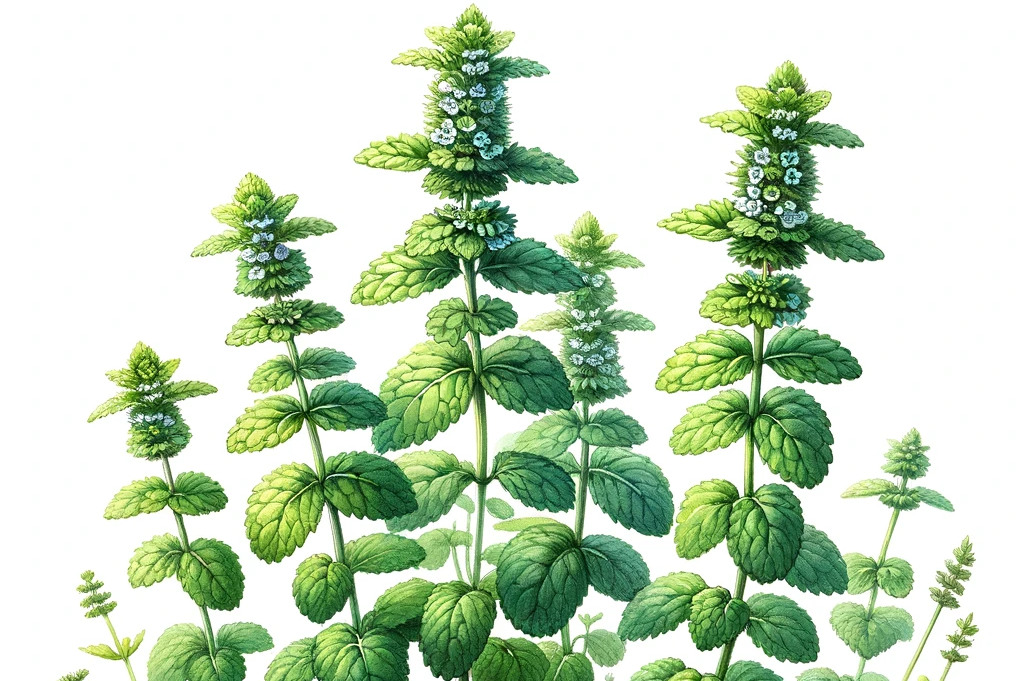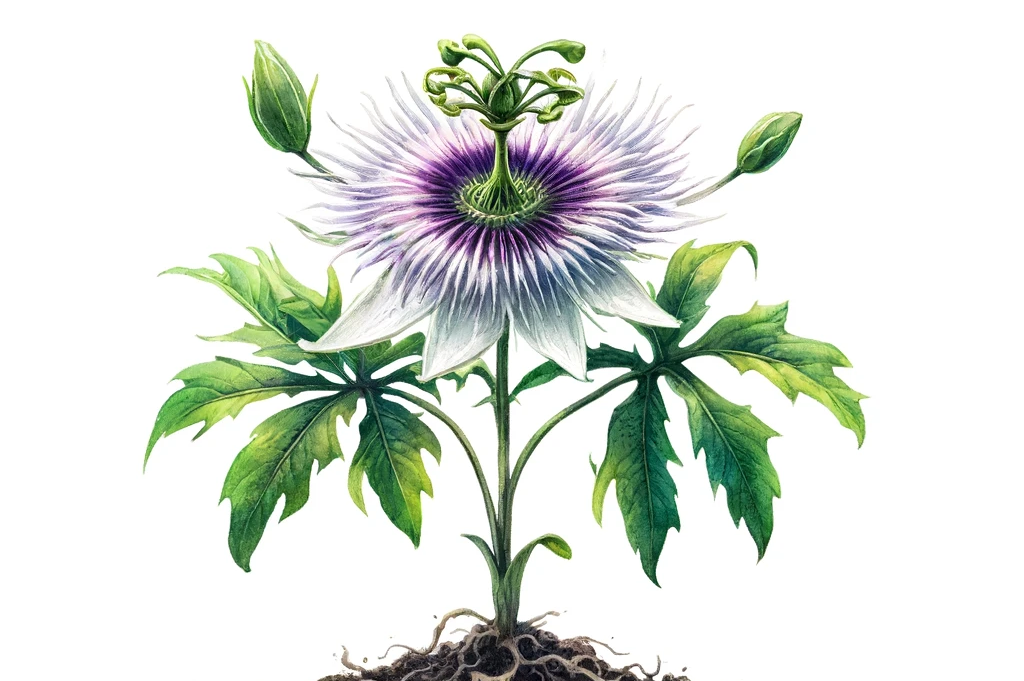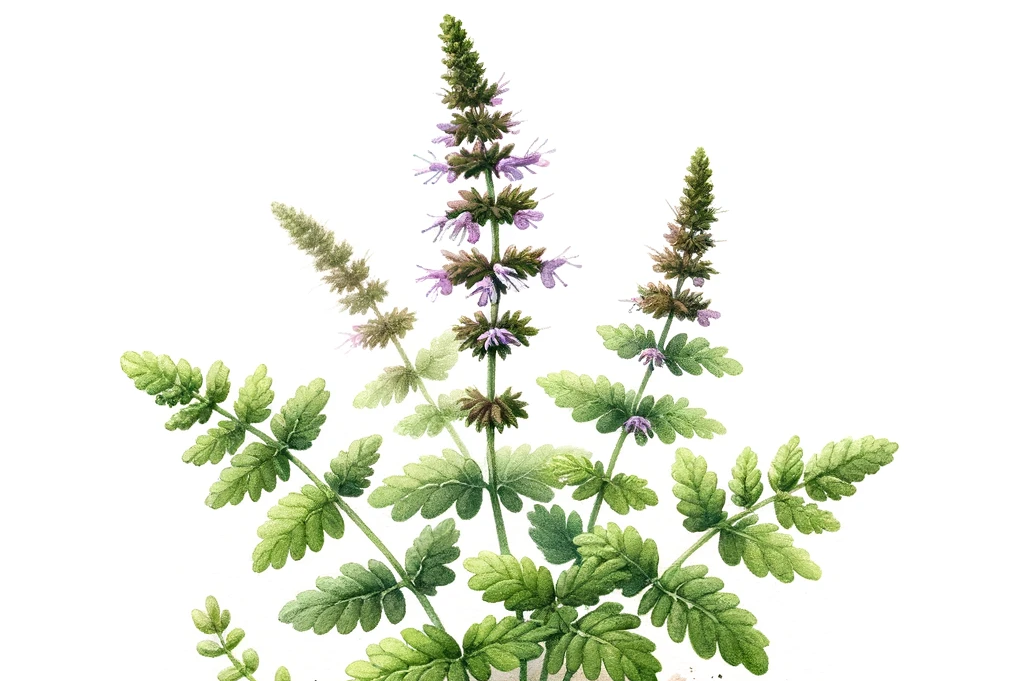Valerian

What is valerian and how does it work?
Valerian is a perennial shrub that can grow up to two meters high. It has white or pink flowers and long roots that give off the typical smell of the plant. The roots contain various substances that have an effect on the brain and influence the release of neurotransmitters such as serotonin and GABA. These ensure relaxation and well-being.
When can valerian be useful for dogs?
Dogs can be stressed or anxious for various reasons. For example, during thunderstorms, fireworks, car journeys, visits to the vet or changes in their environment. Some dogs are also naturally more nervous or sensitive than others. In such situations, valerian can help to calm the dog and give it a sense of security.
How is valerian used for dogs?
There are various ways to use valerian for dogs. The most common are
- Valerian tea: Pour a teaspoon of dried valerian root over a cup of boiling water and leave to infuse for ten minutes. Then allow the tea to cool and give it to the dog in its drinking water or over its food.
- Valeriandrops: Put a few drops of an alcohol-free tincture of valerian directly into the dog's mouth or mix it with a little water or food.
- Valerian toy: Fill a toy with dried valerian root or spray it with a special valerian spray for animals. The smell stimulates the dog to play and distracts him from his fear.
How do you dose valerian for dogs?
The dosage of valerian depends on the size and weight of the dog. As a rule of thumb, you should not give more than 0.5 milliliters of tea or drops per kilogram of body weight. This corresponds to about one teaspoon per ten kilograms of body weight. The dose should not be administered more than three times a day. With toys, care should be taken to ensure that the dog does not eat too much.
What are the benefits of valerian for dogs?
Valerian has several benefits for dogs:
- It is a natural remedy with no chemical additives
- It has no known side effects when used correctly
- It has a quick and long-lasting effect
- It promotes the well-being of the dog
What are the disadvantages of valerian for dogs?
Valerian also has some disadvantages for dogs:
- It can trigger allergic reactions in some dogs
- It can cause drowsiness or vomiting if overdosed
- It can stress the liver with long-term use
- It can interact with other medications
Valerian is a tried and tested household remedy for stress and anxiety in dogs. It has a natural calming effect on the animal's nervous system. However, you should always observe the correct dosage and watch how your dog reacts to the remedy.
Properties 12
Are you looking for other ingredients with a specific property?
Just click on them to find more.
If you notice any signs of hypersensitivity or poisoning in your dog, you should see your vet immediately. We are not a substitute for a vet, but we try to be as accurate as possible. Every dog reacts differently and we recommend you get a second opinion or consult your vet if in doubt.
Stay healthy and take good care of your four-legged friend!😊
Similar to Valerian
Lemon balm is a perennial plant that can grow up to one meter high. It has green, toothed leaves and small white or pink flowers. The plant originates from the Mediterranean region and now grows in...
What is passionflower? Passionflower (Passiflora) is a genus of around 500 different species of climbing plants that are mainly found in South and Central America, but also in Asia and Australia. The...
Valeriana celtica is a plant species of the valerian genus (Valeriana) in the valerian subfamily (Valerianoideae). The name Speik goes back to the old name of this plant species, "spica celtica"...
Indian nard (Nardostachys jatamansi) is the only species of the genus Nardostachys. It is a perennial herbaceous plant that grows to a height of around 50 cm and forms purple-colored flower heads....



